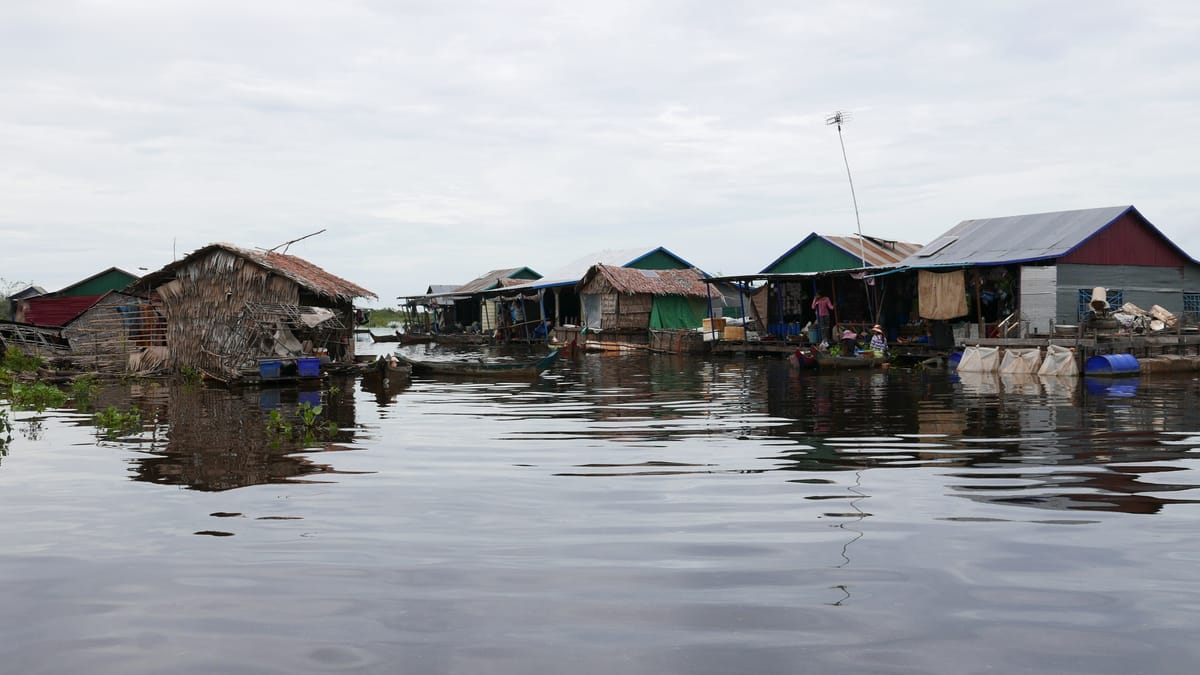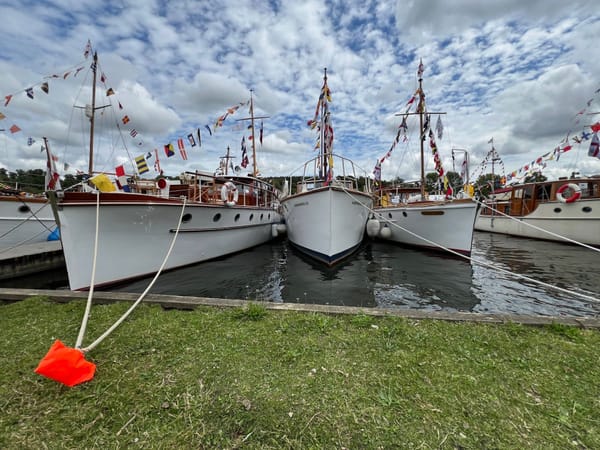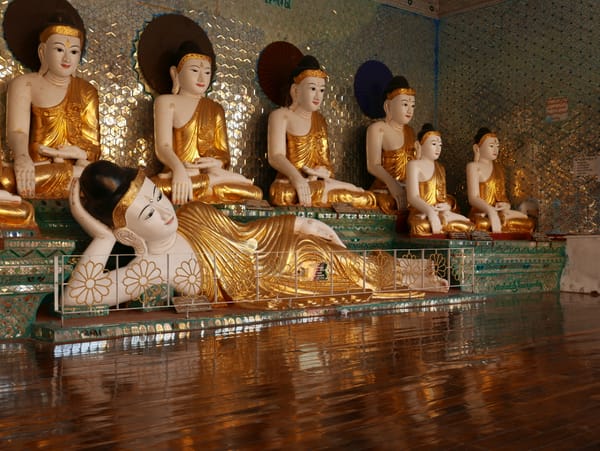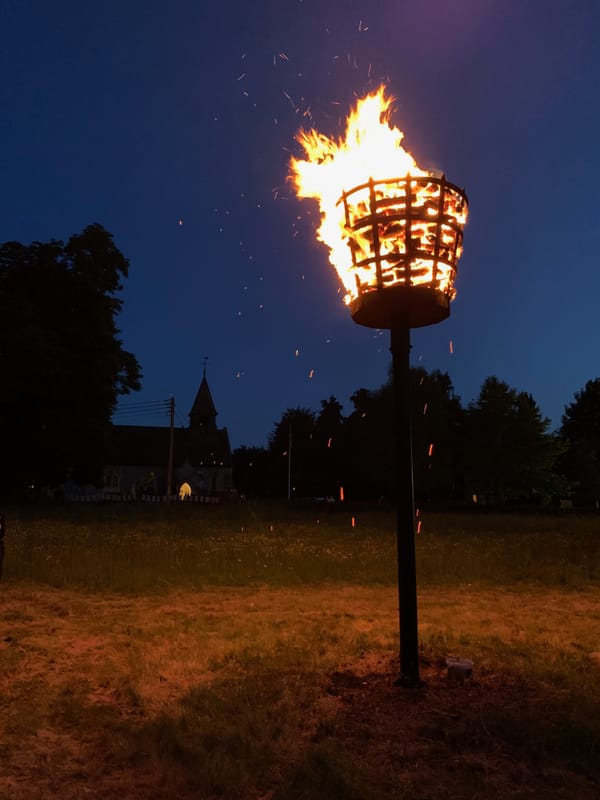Vietnam — Fishing Village, Ha Long Bay, Vietnam
Where have all the fishing villages gone?
September 2015
On day two of my cruise into Ha Long Bay, we visited a fishing village with UNESCO status.
Having UNESCO status doesn’t seem to have done the fishing village any favours, as families have now been moved and rehoused in nearby cities. The village is now dying as the children have been moved to the mainland for schooling, and their parents either move with them or visit when they can.
The elderly have also been moved to the mainland to be closer to healthcare.
Essentially, with the young being removed from the villages and their culture, along with the elderly, to the mainland, the villages are dying.
Add in government restrictions such as charges to build new houses and the increased costs for freshwater deliveries; the result is that families are moving out, never to return.
You can’t help but wonder if the villages would be better off without UNESCO status. In an attempt to preserve the culture, UNESCO has killed it.
We were rowed up through the village to an exhibit/museum that outlined the history and customs of the area. There was nowhere to sit at the museum, no facilities, and no food or water. The exhibits were good and interesting, but sadly the museum, like the villages, was in decline.
On the approach to the fishing village, we did see several fishing boats. Judging by their rigging and the number of powerful lights on board, I suspect they were for catching squid.

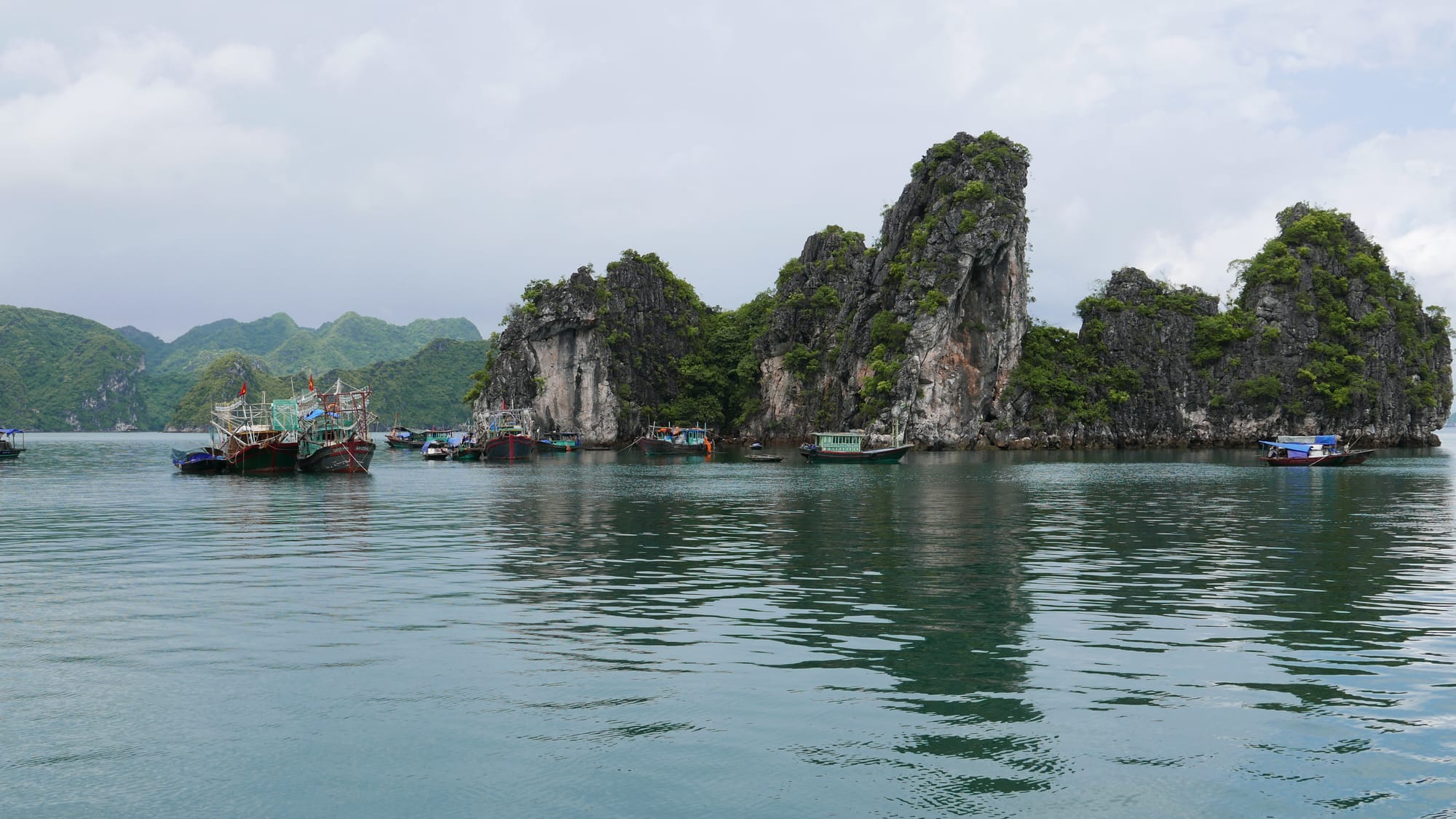
The first sight of the village was a series of small floating shacks or houses along the side of the bay.
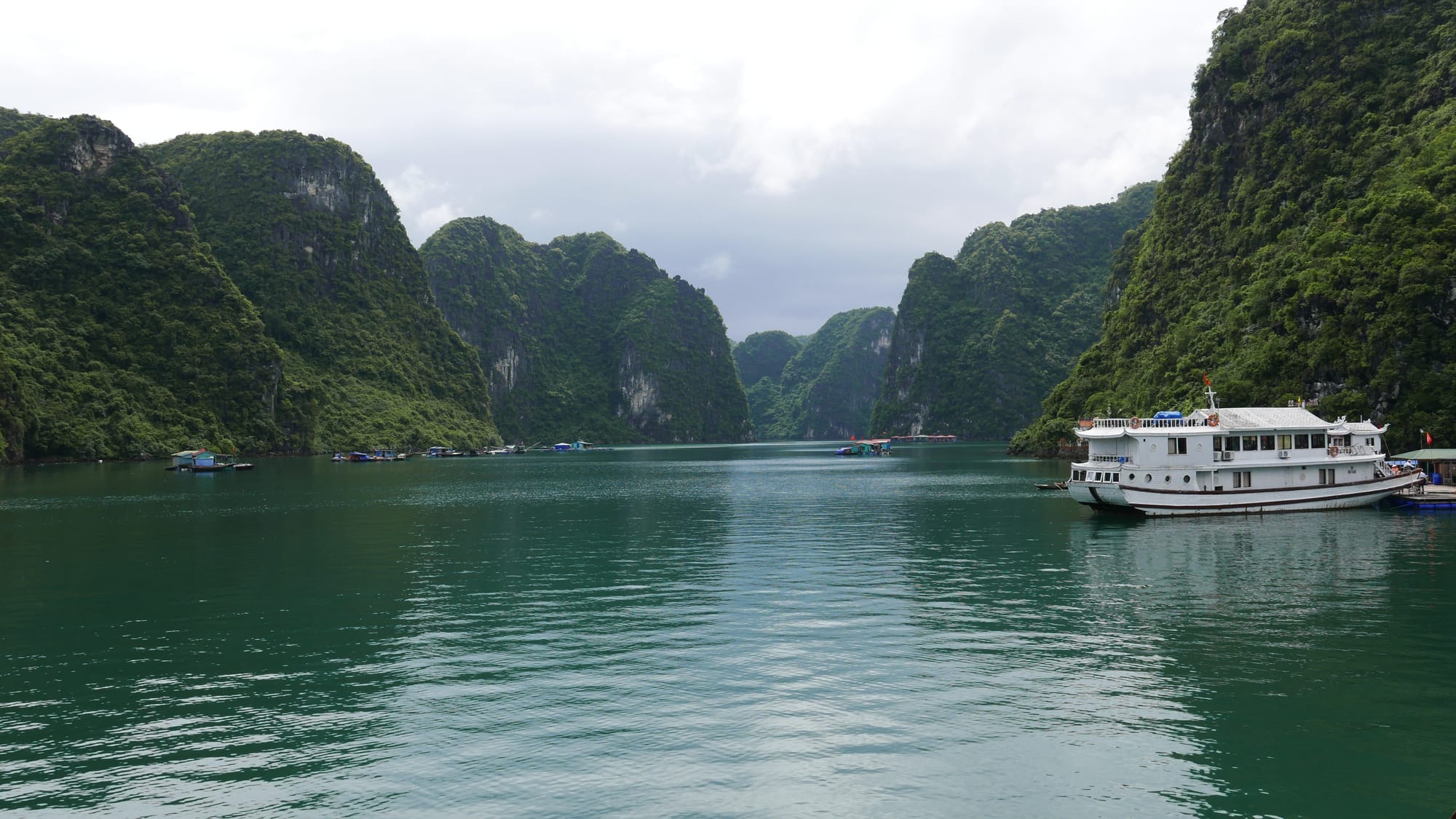
Yet again, even in the highly changeable weather we were experiencing, the scenery of Ha Long Bay was stunning — breathtaking.
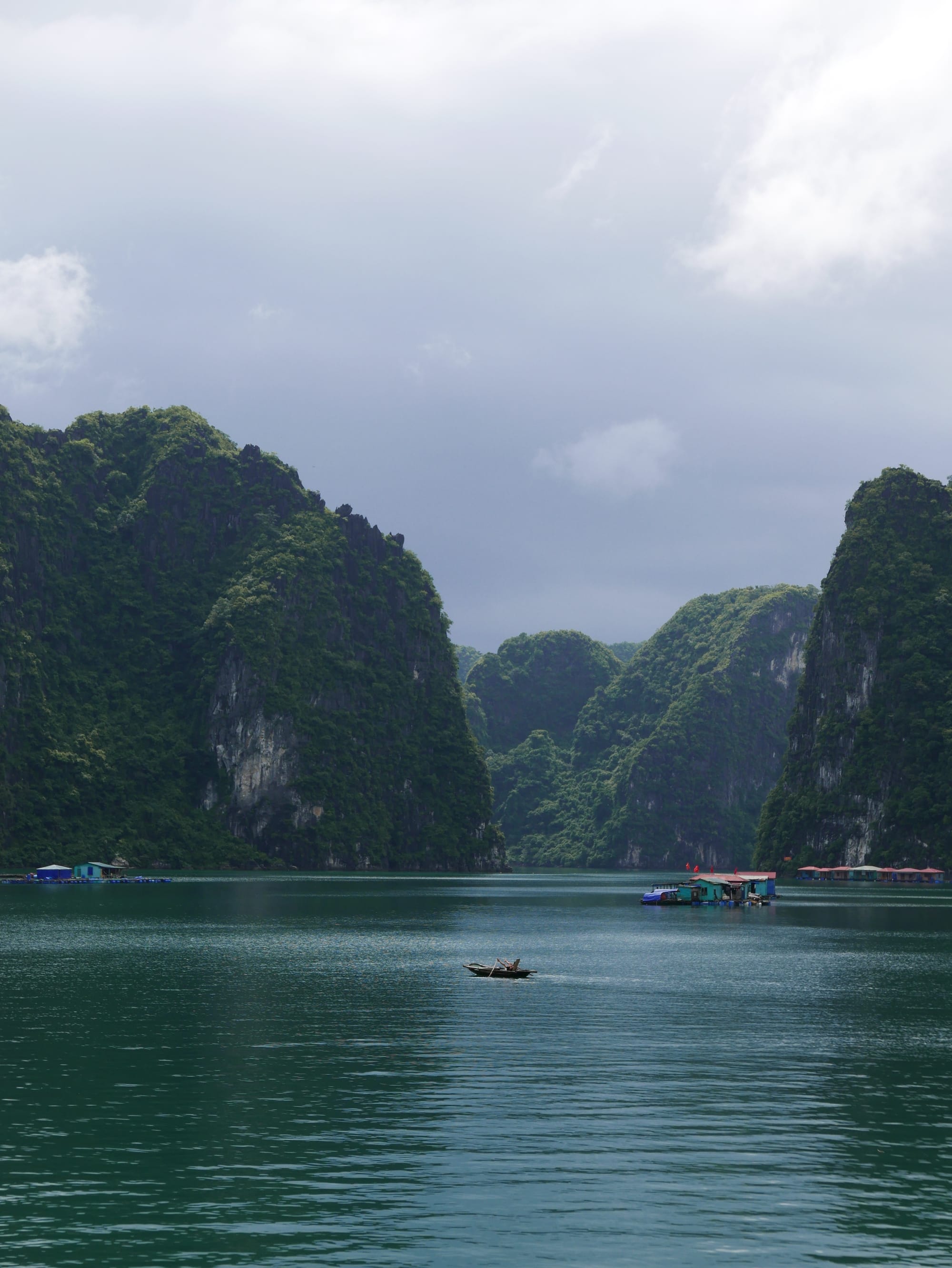
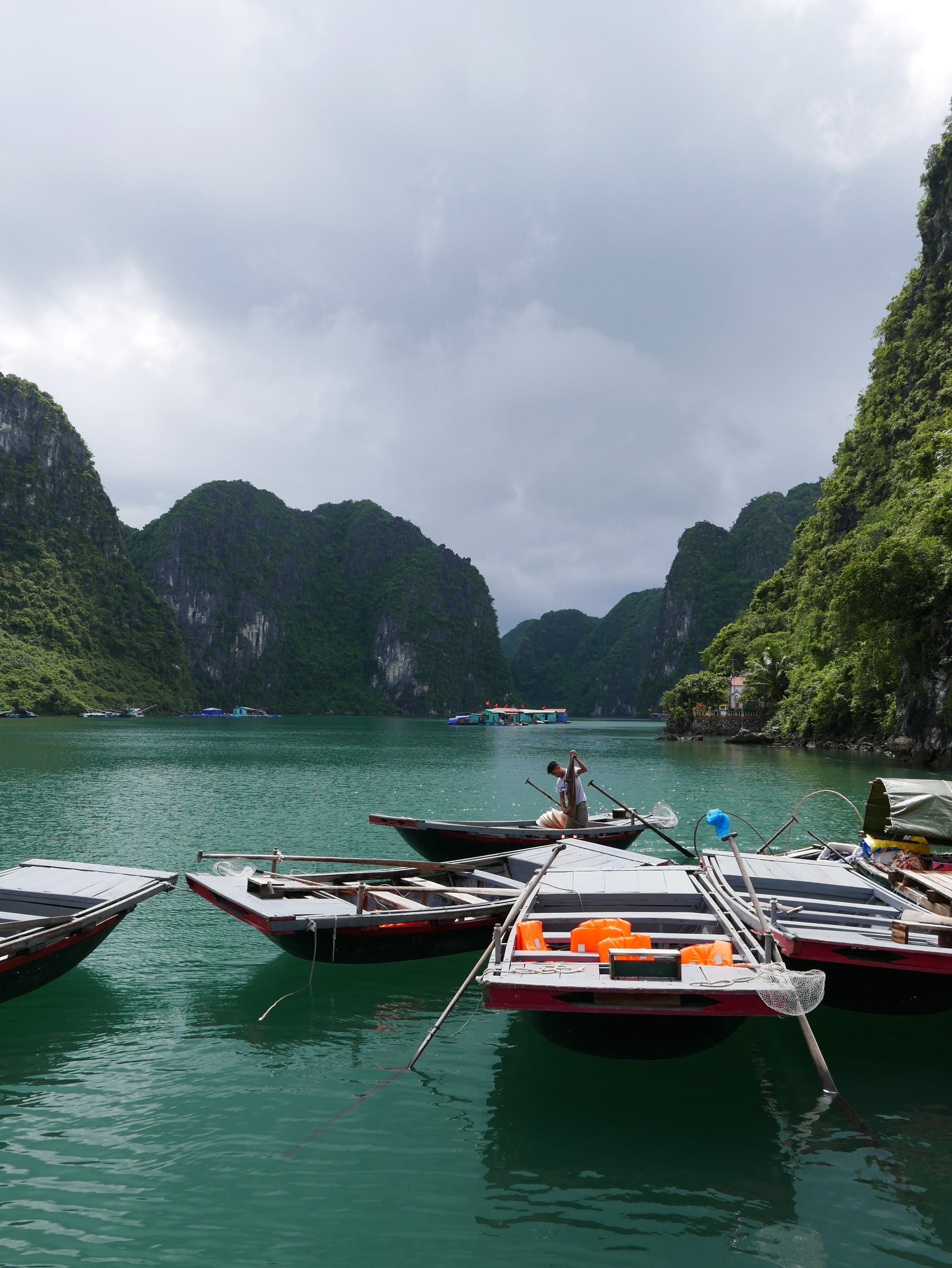
The floating village houses were tiny and floated on large floating barrels. What had they used for flotation in the past?
Each house has a large blue plastic fresh water butt outside the front door.
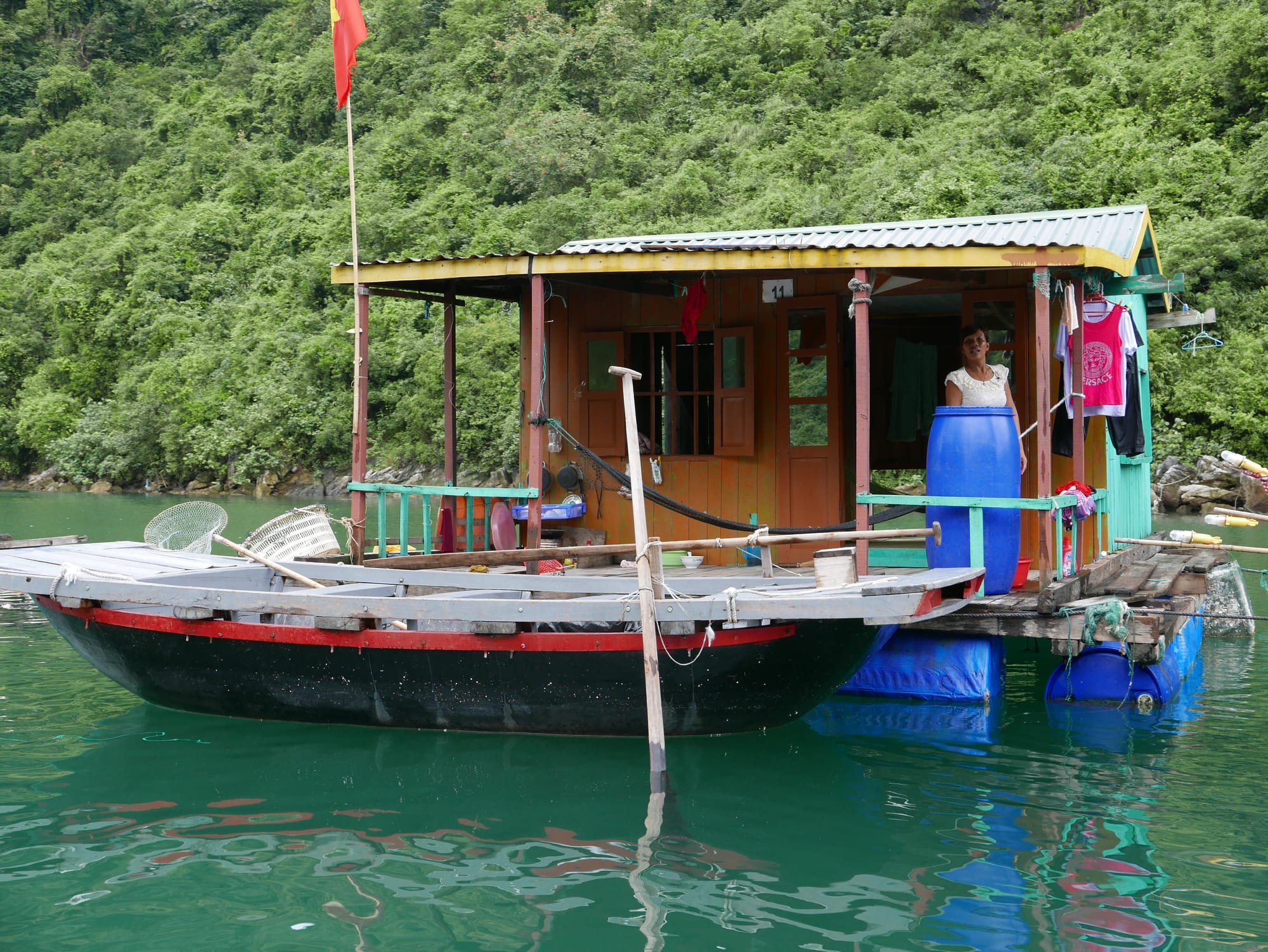
Some houses were in a sorrowful state of repair and looked abandoned.
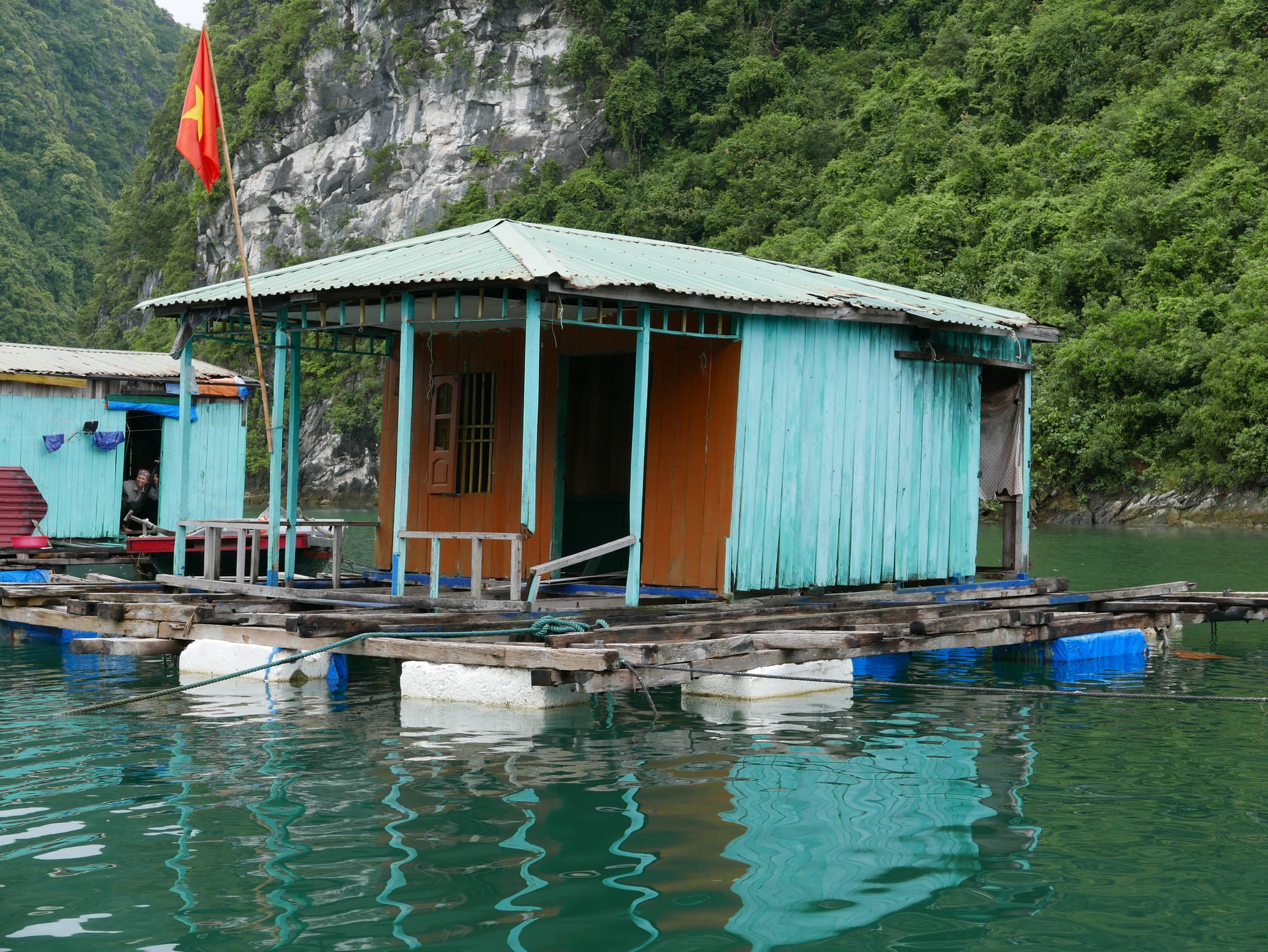
Some of them looked pretty new and well-maintained.
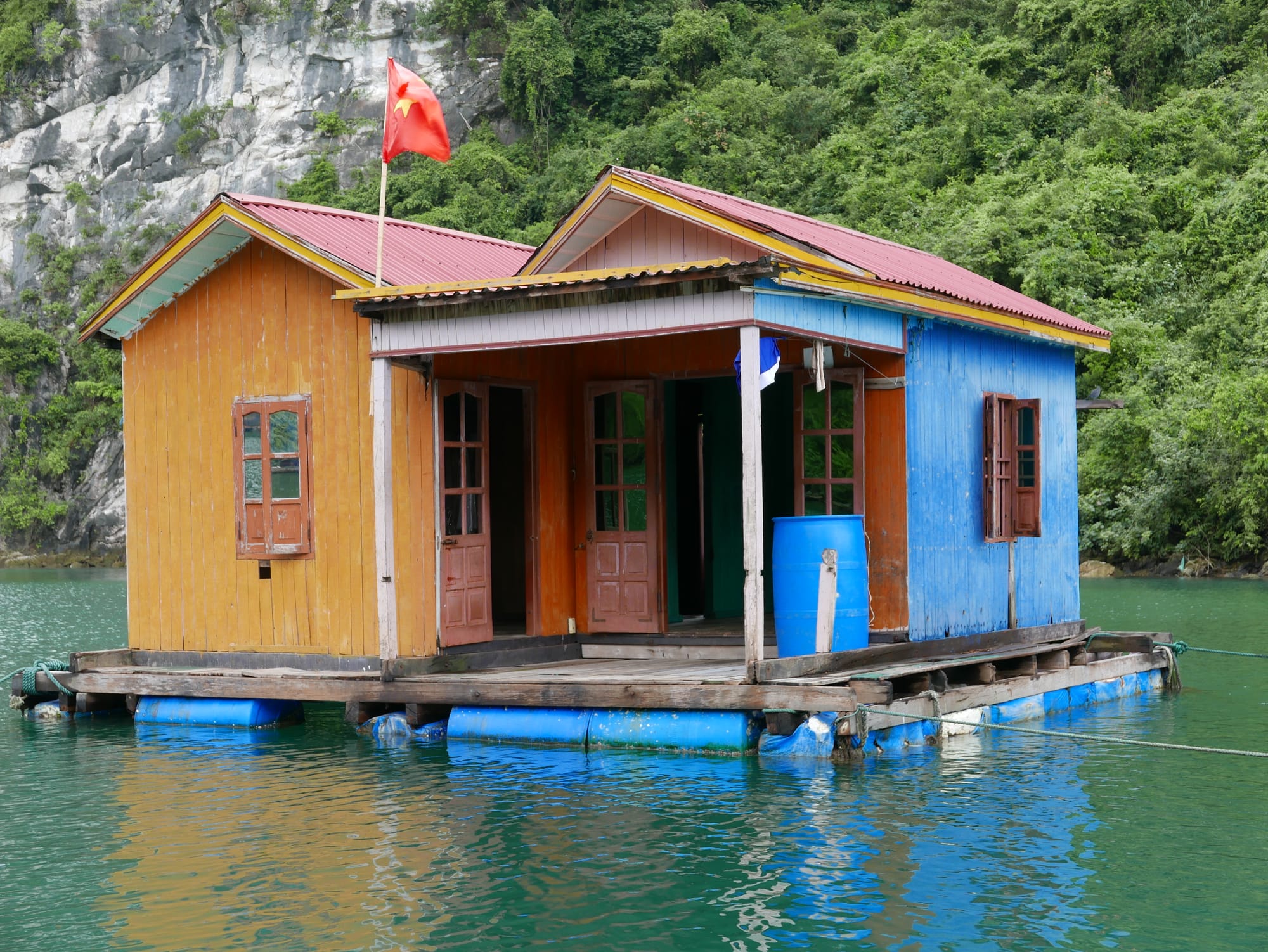
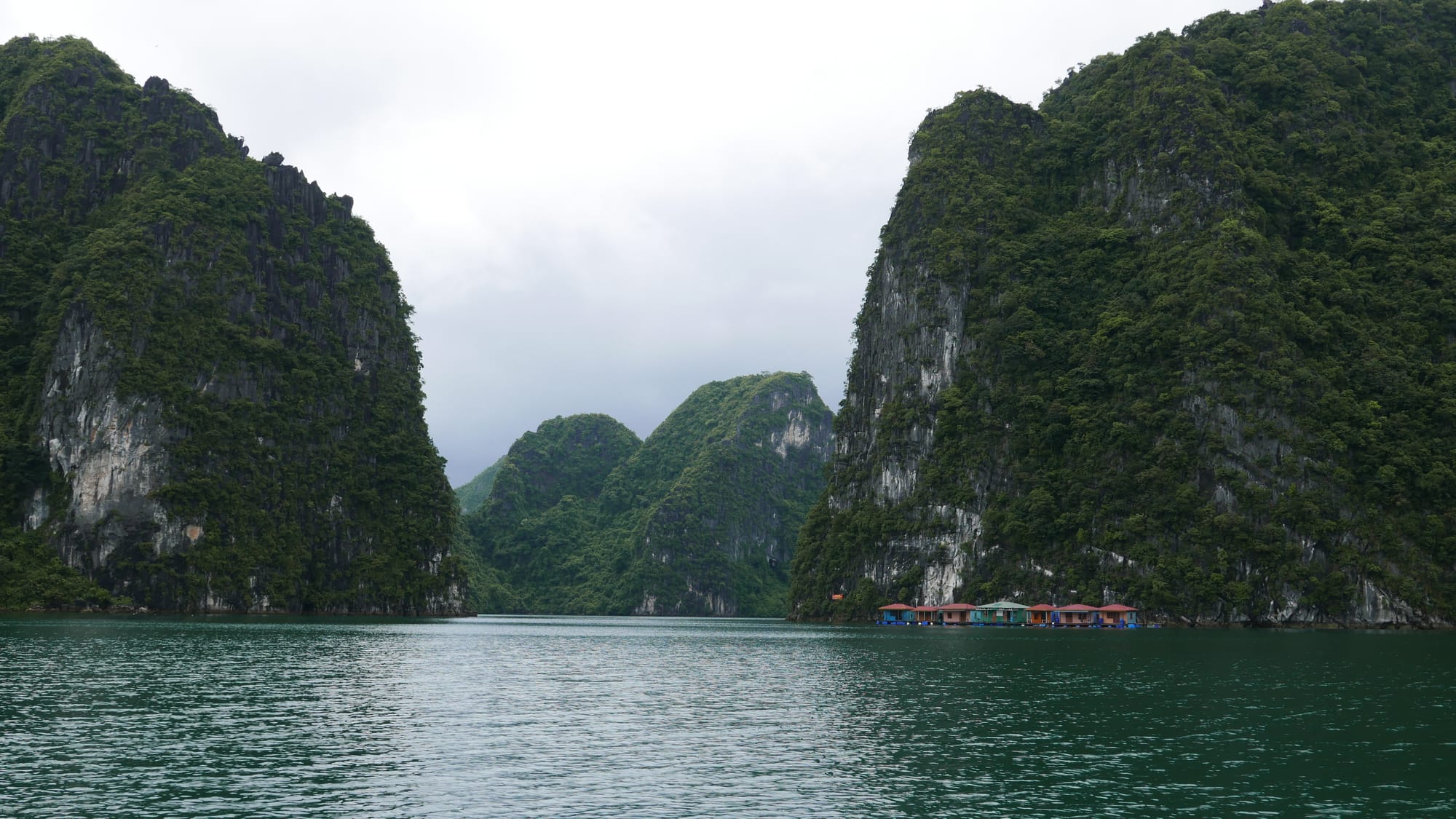
At the end of the bay was the fishing museum.
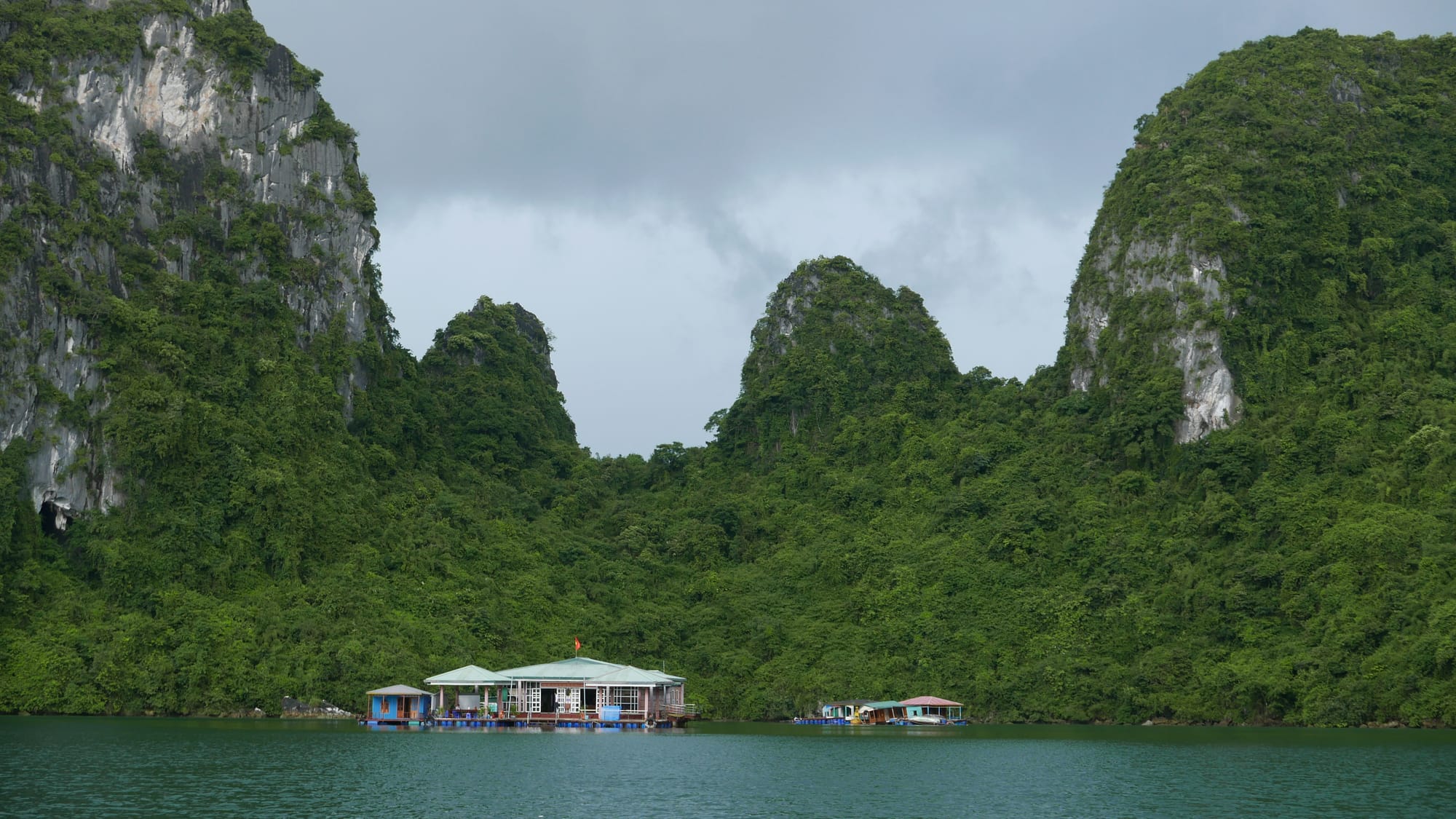
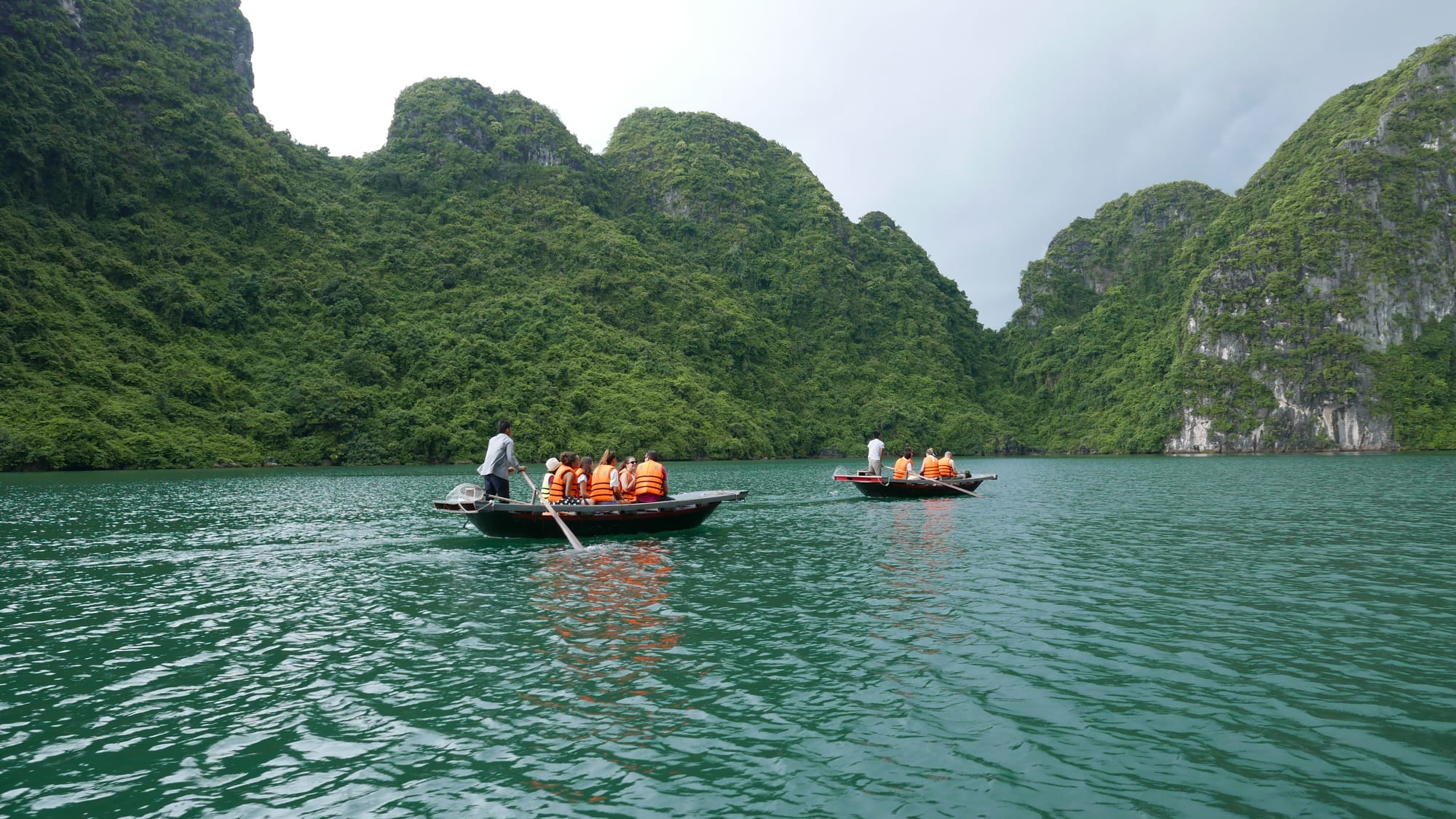
From the back of the fishing museum, you could see old abandoned floating houses from the fishing village that had been towed to the back of the bay to “die”.
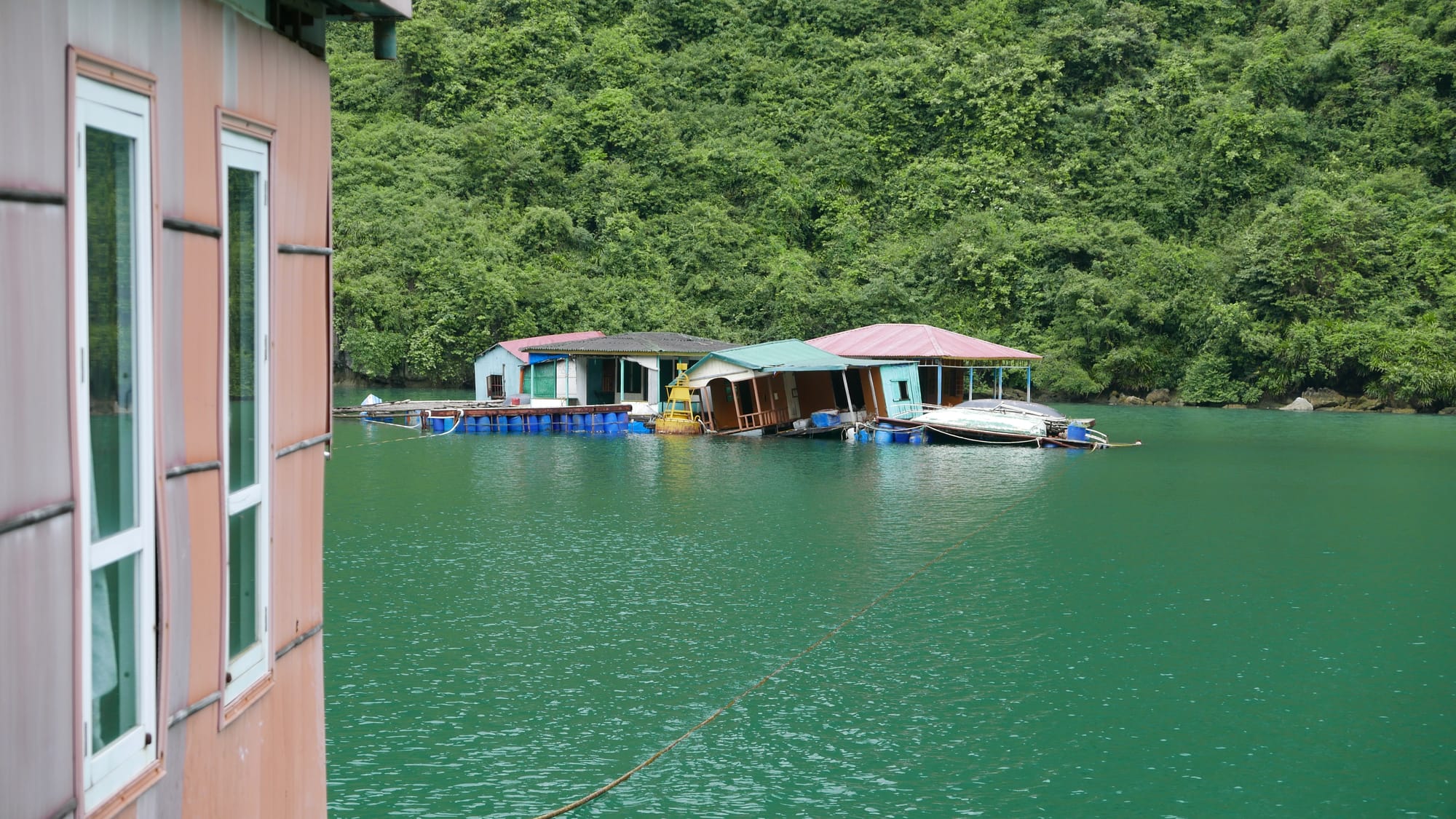
The floating museum was also in a sad state of repair.
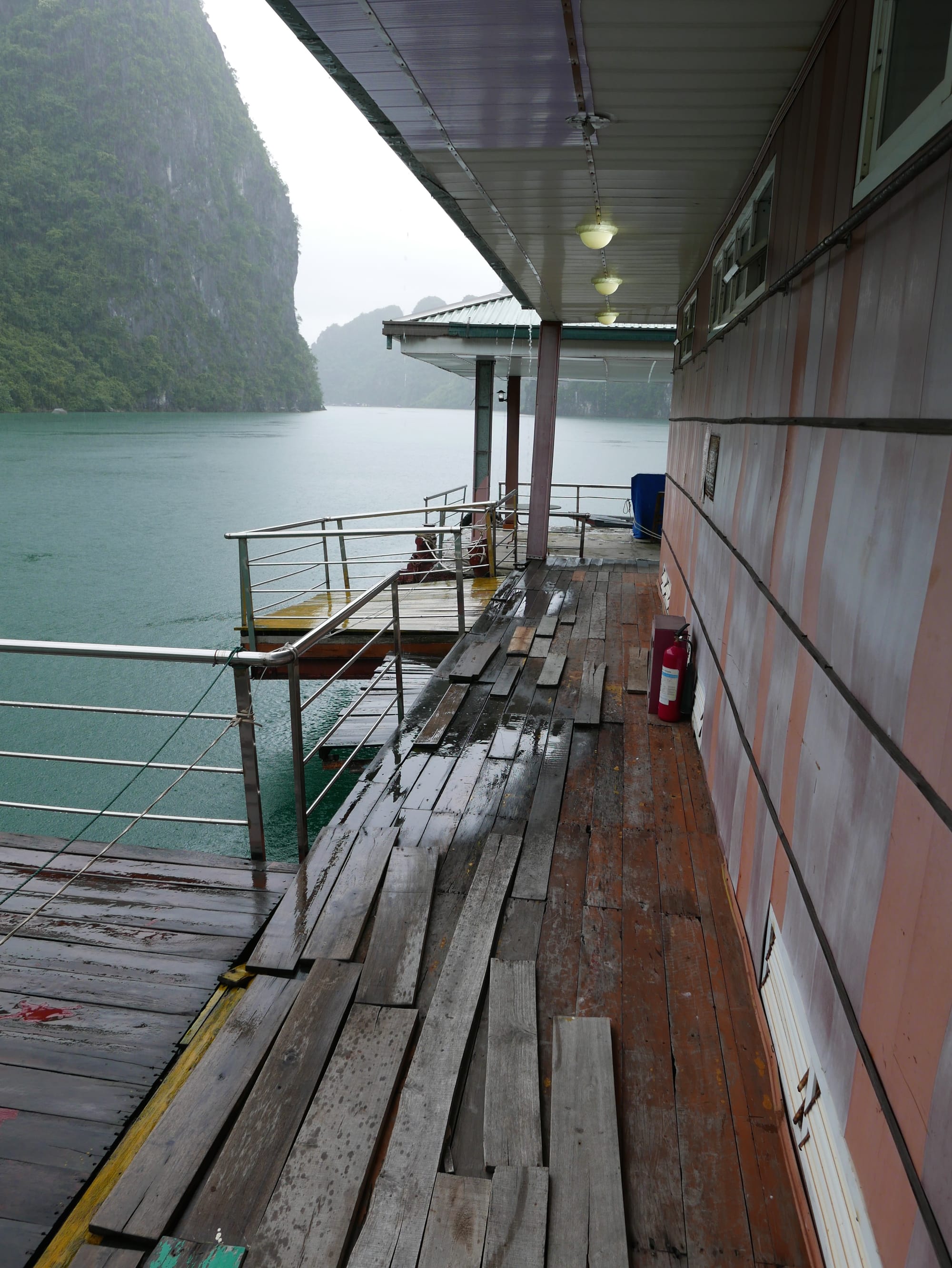
We spent far too long at the floating museum. The displays about life in the fishing villages were interesting, but the lack of facilities made the visit tedious.
At the museum, I did learn some interesting facts about Ha Long Bay:
- total area of Ha Long Bay is 434 square km — I told you it was big!
- there are 775 islands — I told you there are numerous islands!
- typical tidal range of 4 metres
- depth on average 20 m, deepest 30 m
- abundant fauna and flora — Yes, I’ve seen a lot of flora, but no wildlife. Where’s the wildlife?
- Ha Long Bay has a continuous and ancient culture
- fishing villages of Ha Long Bay include:
– Ba Hang– Hoa Cuong– Cua Van– Ba Ham– Cong Tau– Vong Veng — which I visited the day before– Cong DamSo, by visiting the museum, I learnt about Ha Long Bay and saw some finding villages. However, I found the visit disappointing and sad, as we were watching the death of a culture.
Later on the trip, I visited another floating village:
